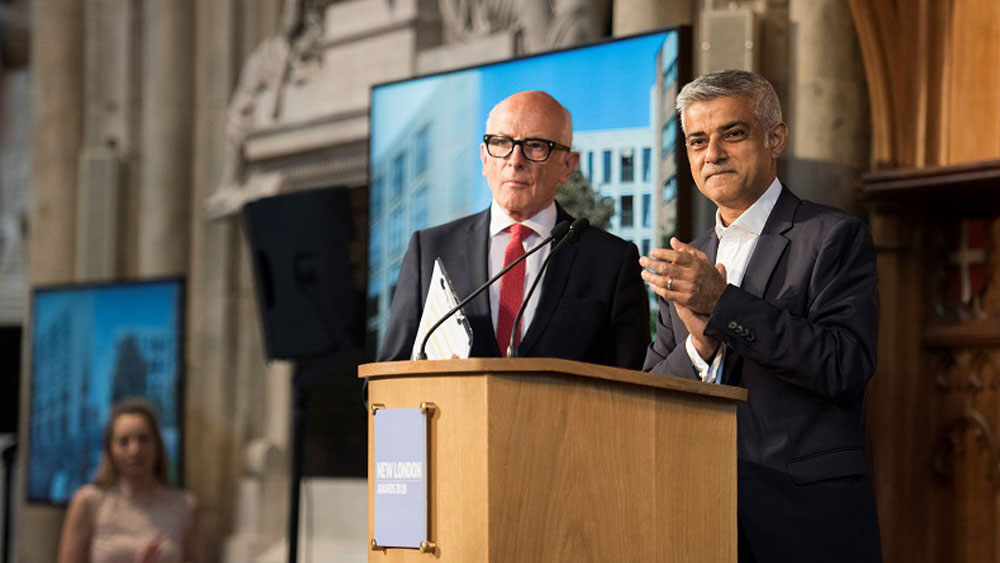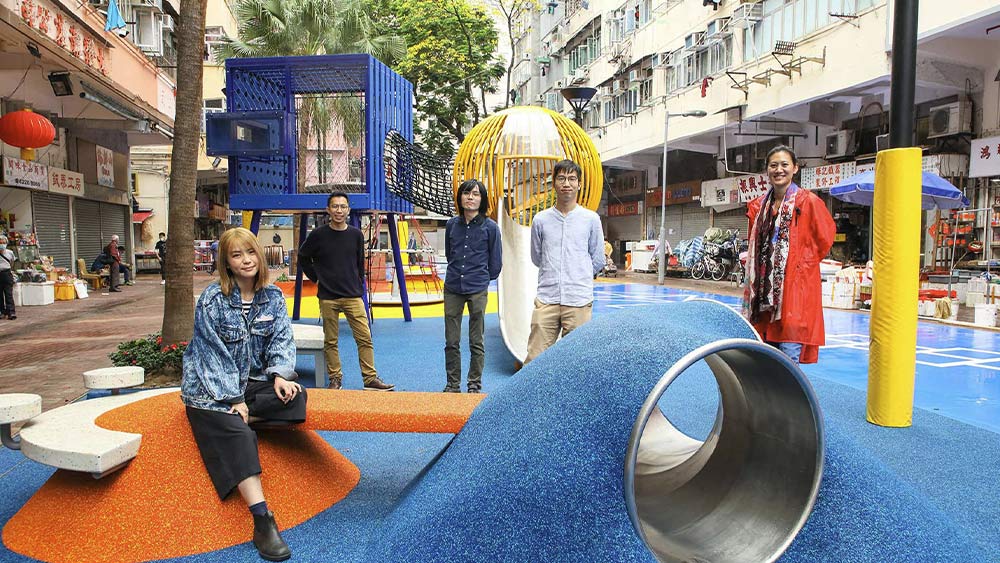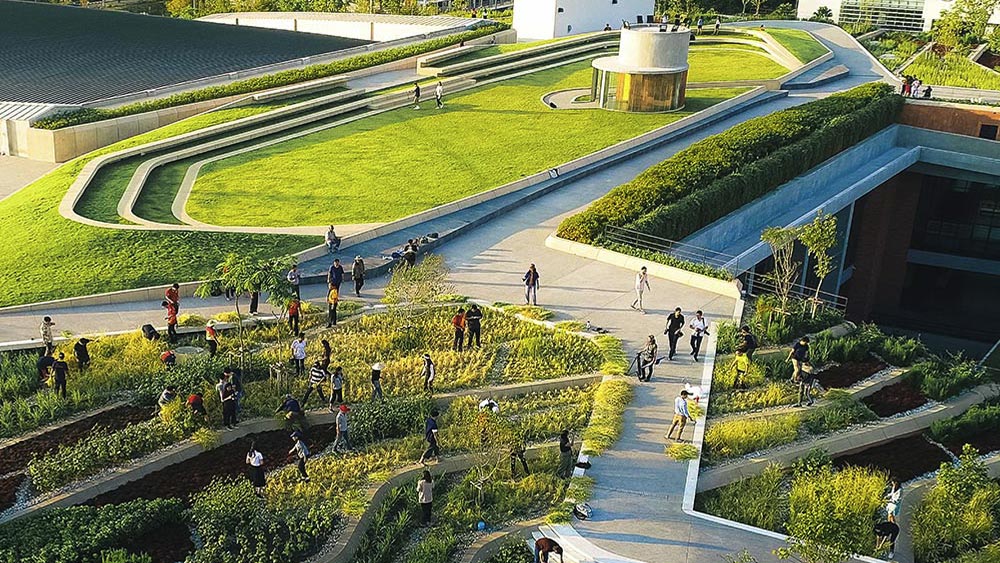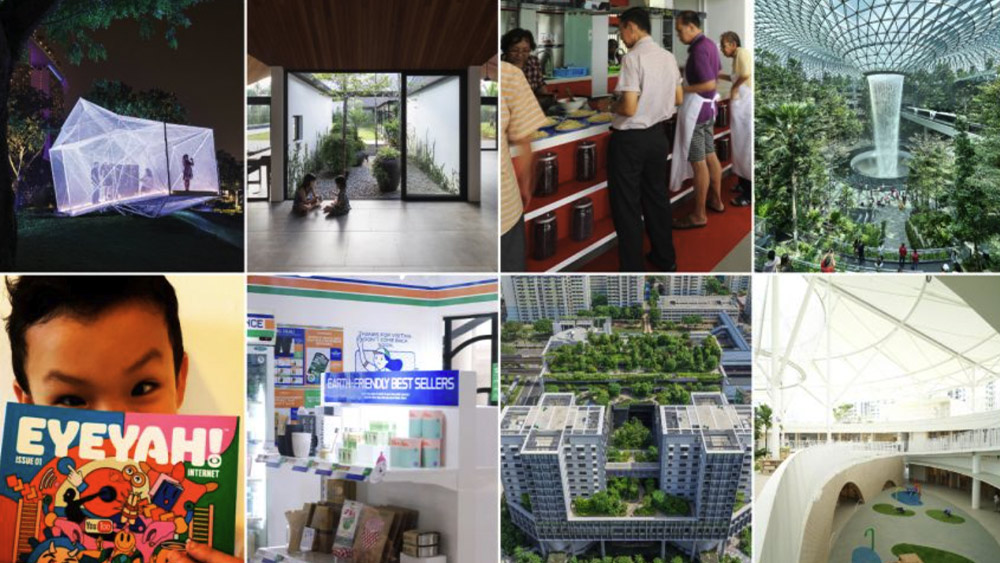Tapping on communities to create better public spaces
From Seattle to Taiwan, Jeffrey Hou, Head of Department of Architecture, National University of Singapore, shares lessons and insights on the value of participatory design1, where designers and communities are working together to enhance the public realm, creating better public spaces for all.
Writer Serene Tng
You have been championing participatory design in many cities over the years. How did your interest in this area begin?
Jeffrey: I graduated from Cooper Union in New York City and returned to Taiwan in the mid-1990s, just as participatory design was gaining traction. Architects were starting to work more closely with local communities as part of their design process.
I had the opportunity to design a performance theatre as my first job in Taiwan. As part of the theatre design, we did field work to understand the local practices of performing arts and had sought inputs from artists to determine the kind of performing spaces they would like to have. This piqued my interest on how engaging stakeholders can contribute to more impactful and meaningful designs.
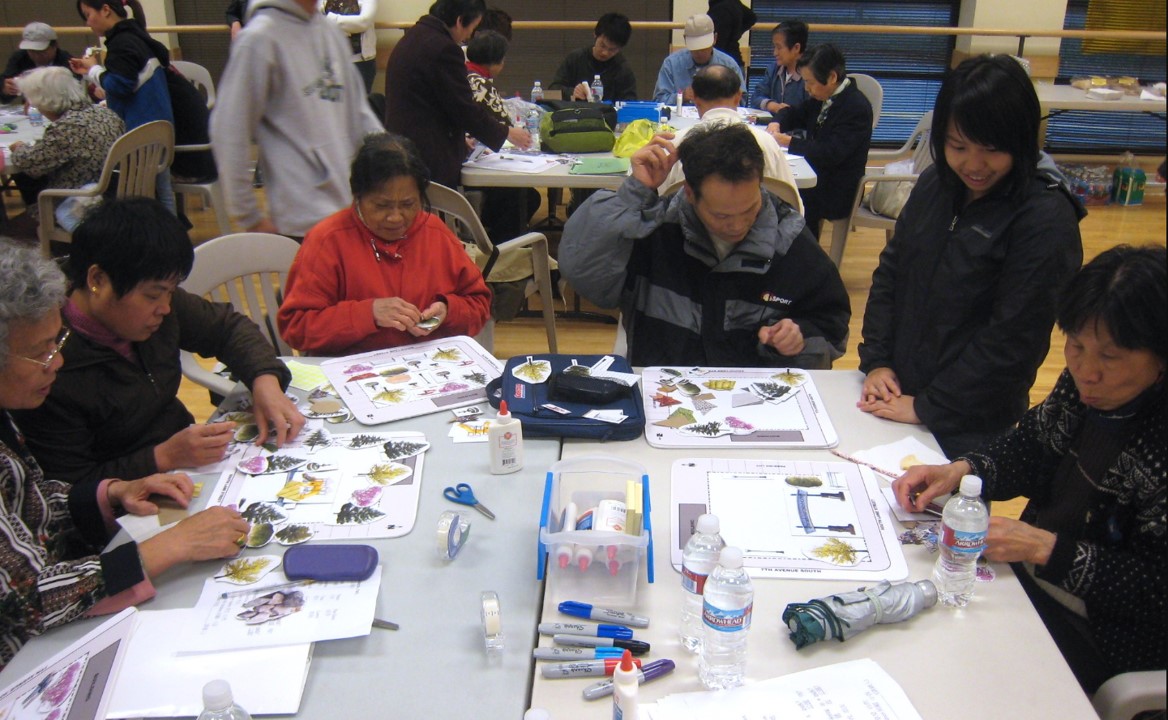
1 Participatory design is a collaborative approach where stakeholders and citizens are involved in the design process.
I went on to do my PhD in Berkeley, choosing a programme that had a strong community design focus. During this period, I co-founded the Pacific Rim Community Design Network, which shares participatory design research and experiences amongst researchers and practitioners. Starting with Japan, Taiwan and the United States, the network later expanded to across the Asia Pacific region. When I completed my PhD, I continued participatory design work in Seattle and my focus grew from there.
A key aspect of your participatory design work is on creating good public spaces. Why is it important for cities to focus on this?
Jeffrey: When I was in New York City in the 1980s and 1990s, besides parks and open spaces, a lot of the other types of public spaces were owned and managed by developers and building owners.
Some of these privately owned public spaces were not accessible to the public in the early days in an obvious way, which limited the way we interact with one another. We also tend to encounter them more as consumers rather than as citizens.
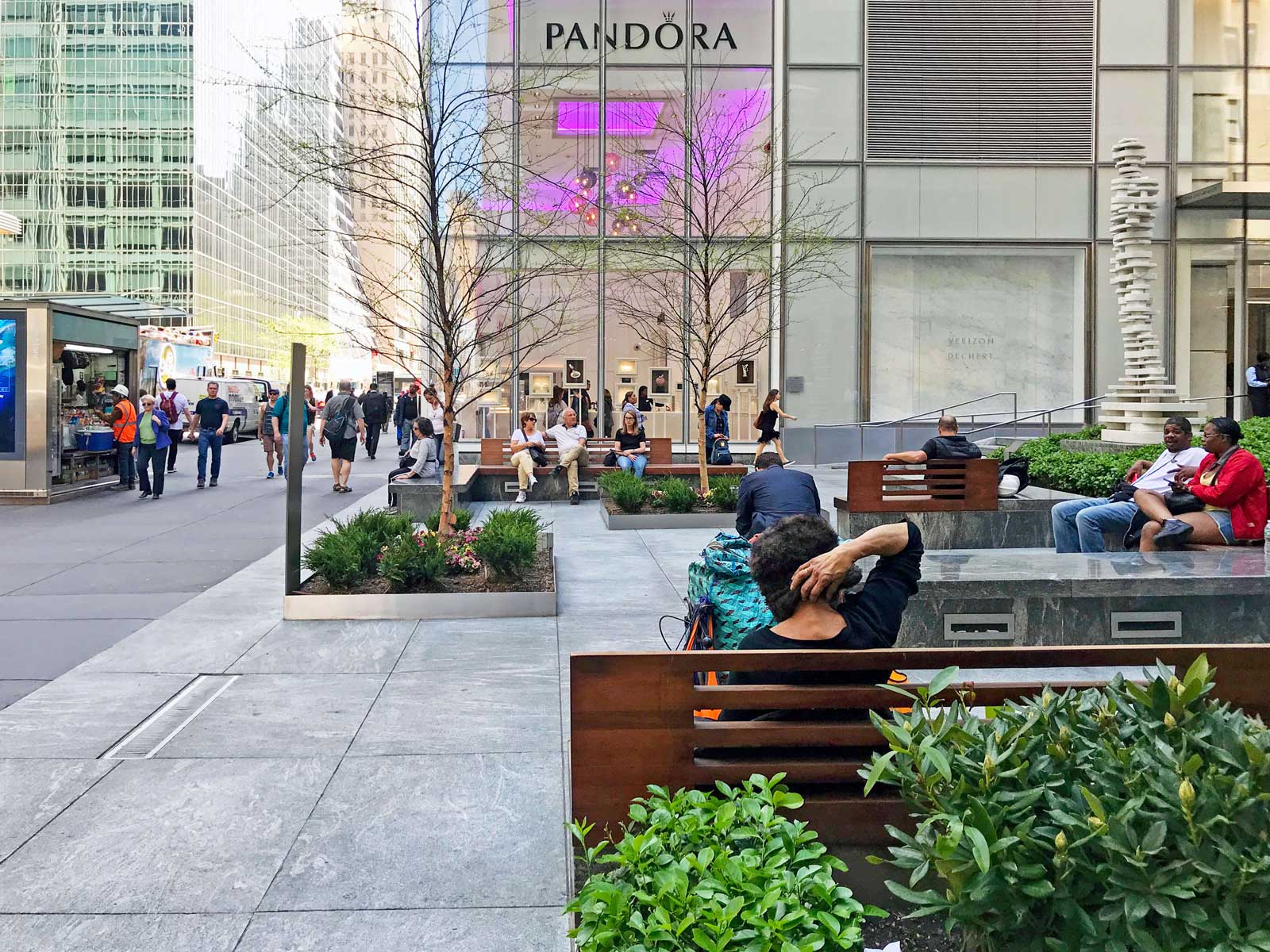
Fortunately, some spaces are more accessible now and have evolved over time through design guidelines and closer public-private partnerships. People could even appropriate such privatised spaces as their own. This is what’s important about creating public spaces that people feel connected to – they help us feel more invested and rooted in our cities.
What more can we do to encourage the creation of more meaningful public spaces?
Jeffrey: If a public space does not reflect or meet community needs, people are less inclined to use and care for it. Thus, we need to create opportunities for people to feel more connected to their public spaces. This means involving them in the design process, programming and curation on how public spaces can used.
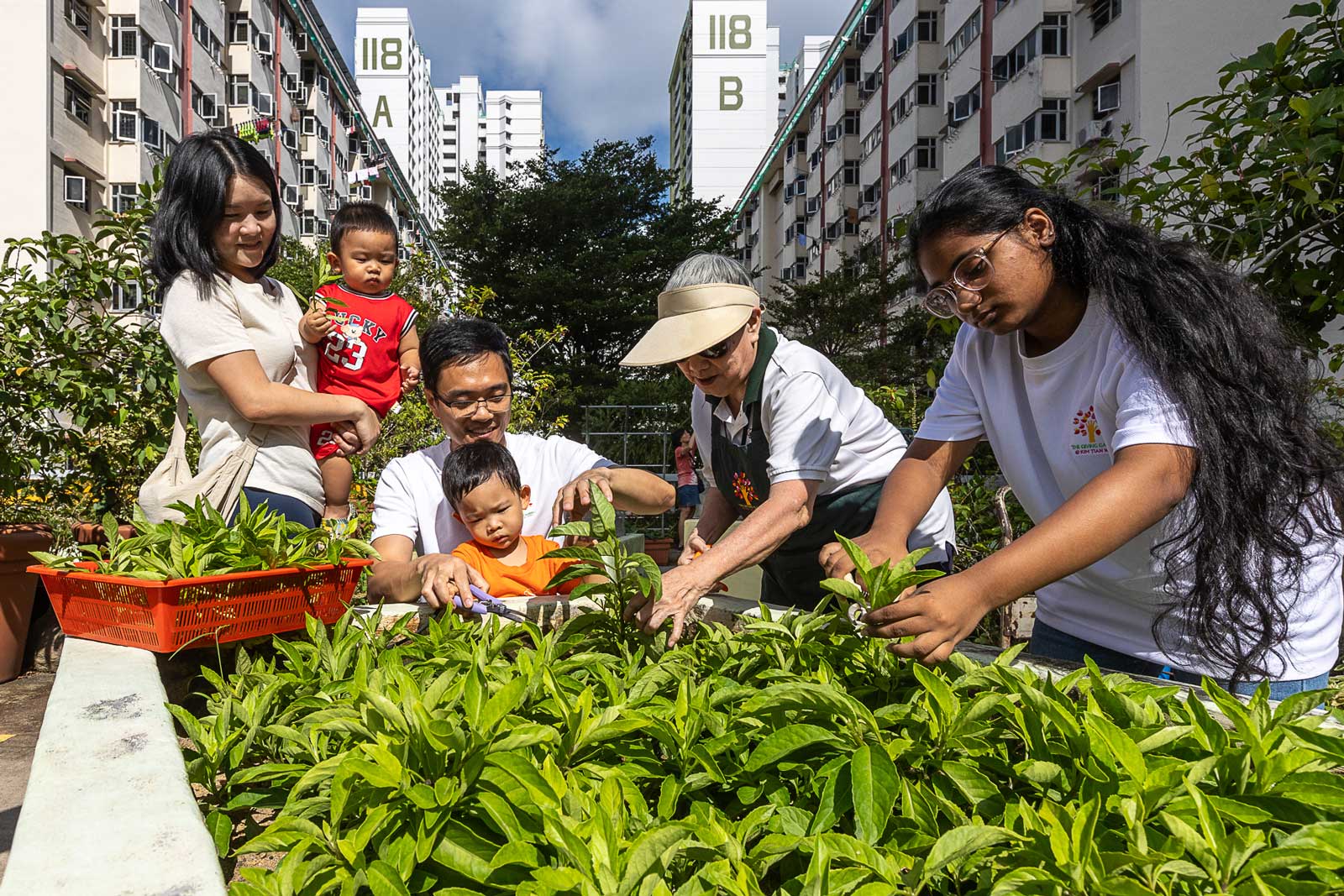
For example, if you have a community garden in the neighbourhood, people can acquire new knowledge and skills in growing vegetables together. They get their children and grandparents involved. The community garden or the public space then becomes a vehicle to create a greater sense of belonging amongst neighbours and friends.
From your public space activation efforts in Taiwan and Seattle, what are some approaches taken to support community efforts? What can we learn from these efforts?
Jeffrey: In Seattle, the City’s Neighbourhood Matching Fund Programme provides grants for communities to seek professional help to conceptualise their ideas and even help them develop a detailed action plan.
With a concept plan developed, communities can then apply for other grants to realise their ideas. This has been helpful in giving communities greater confidence to implement improvements to public spaces in their neighbourhoods.

In Taiwan, Taipei’s Urban Regeneration Office learnt from the Seattle programme to introduce the Open Green Matching Fund Programme in 2014. More than a funding programme, professional consultants are engaged to support community groups in developing and implementing their projects.
Additionally, from interviews with government staff, professionals, and community stakeholders, as well as through visits to funded projects, I’ve observed that involving people beyond the neighbourhood can bring new assets and skills to design and curation process. This generates greater possibilities and encourages active learning amongst a greater range of citizens and communities.
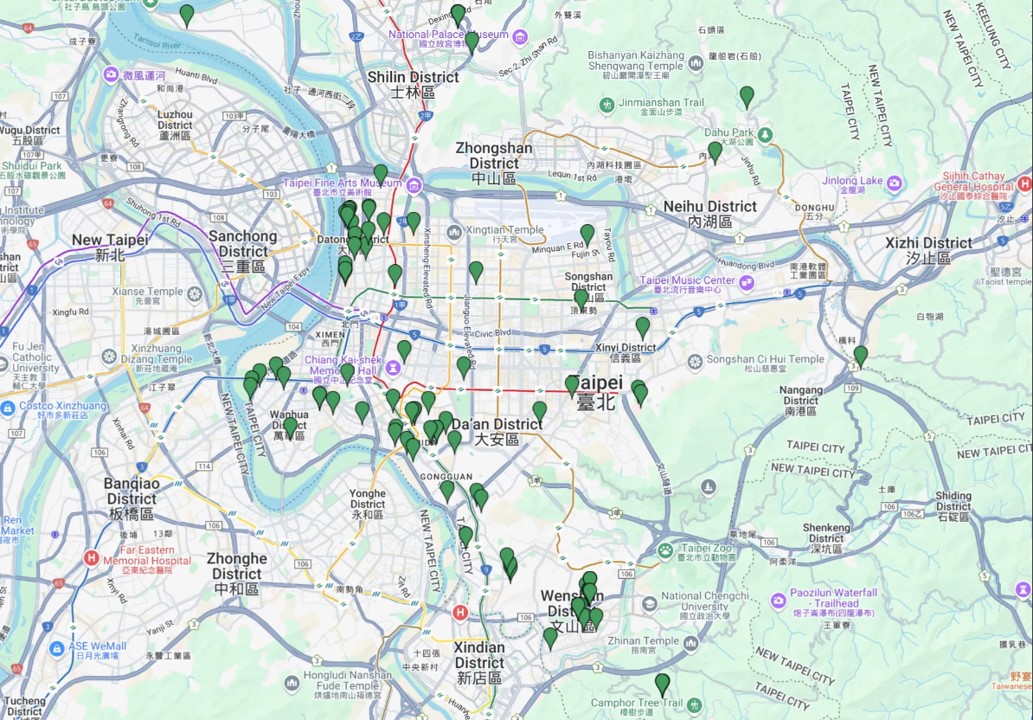
Share with us an example of how space activation can support active learning within the community.
Jeffrey: An example is the two-storey white building, a former vacant space owned by the government, known to locals as the White Hut in Taipei’s Gufeng neighbourhood. It was first turned into a makeshift tool library by a group of volunteers. An influx of volunteers from beyond the neighbourhood expanded the space into a community repair station and makerspace.
Instead of providing just free repair service, the volunteers taught residents and others how to perform the repairs themselves. These interactions help built social bonds within and beyond the neighbourhood.
The act of repairing becomes a process of sharing, co-creation, and community-building. This model has since been replicated in other neighbourhoods in Taipei, connecting even more communities and networks that previously existed alone.
Sometimes, citizens themselves become experts and can champion better public space designs. An example is the redesign of playgrounds in Taiwan, led by a group of parents who formed a non-profit advocacy organisation.
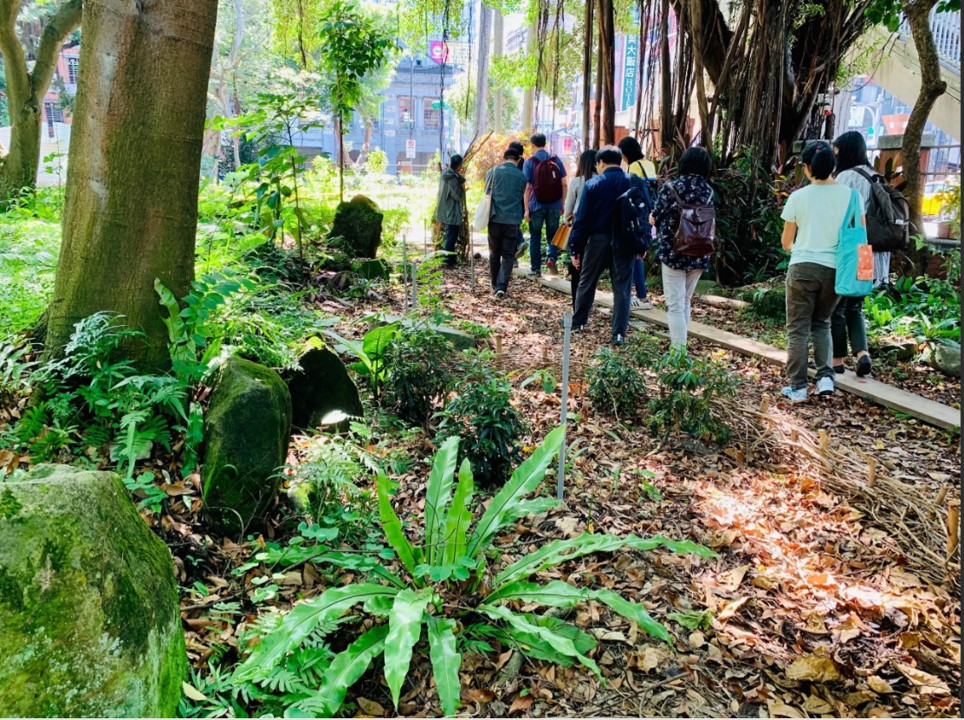
Tell us more about this movement.
Jeffrey: Sure. The group of parents started a coalition called “Parks and Playgrounds for Children by Children” in 2018 to advocate for more unique and inclusive playgrounds as opposed to having only generic playground equipment.
In championing for better play spaces, these parents did extensive research to understand well-designed playgrounds and have become experts themselves. The group has gone on to work with various local governments to reshape many playgrounds across Taiwan.
What are important considerations to bear in mind when designing and curating good public spaces?
Jeffrey: It is important to understand the character, qualities and context of the place around the public spaces to identify critical stakeholders who should be engaged in the design and curation process. It is not just about collecting relevant information and data about the public space; space activation efforts should ideally serve as opportunities for capacity building for those who participate in the process.
It goes back to building a stronger sense of ownership of the space. After a space has been activated or enhanced, the capacity building would contribute to continued activation and ownership of the space.
With greater emphasis on participatory design, what are the implications for architects and designers?
Jeffrey: With advancements in technologies and communities becoming savvier, architects and designers need to find ways to better engage with stakeholders and the public in the design process using new tools and methods.
Engaging and communicating with different types of stakeholders requires a different kind of skillsets which we need to learn. It’s important to develop the appropriate engagement process and model to help the community develop meaningful proposals for community spaces. For those designing the engagement process, how can it be more interesting and exciting for the community to participate in?
There is a tendency for each of us to develop ideas based on our own perspectives and experiences. How can the engagement process get people to go beyond their own personal biases to think outside the box to create something more innovative and inclusive? These are additional questions to consider as we advance the practices of participatory design.
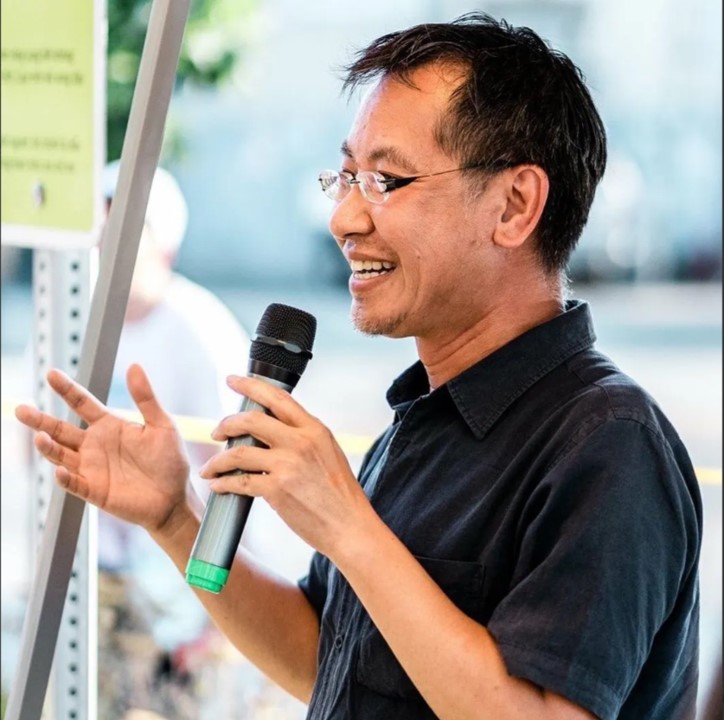
About Dr Jeffrey Hou
He is the 2025 President*s Design Award Architecture Panel Jury Member.
Dr Jeffrey Hou, FASLA, is Provost’s Chair, Professor and Head of the Department of Architecture, National University of Singapore. For over two decades, he has been a pioneering scholar on public space and democracy, community design, and civic engagement. In a career that spans the Pacific, he has worked with indigenous tribes, farmers, fishers, and villagers in Asia and inner-city immigrant youths and elders in North American cities on projects ranging from the conservation of wildlife habitats to bottom-up placemaking. Jeffrey was elected Fellow of the American Society of Landscape Architects (ASLA) and received the Outstanding Educator Award from the Council of Educators in Landscape Architecture (CELA) in 2023. His collaborative publications received the EDRA Places Book Award in 2010, 2012, and 2018. He is also a co-founder of the Pacific Rim Community Design Network, which celebrated its 25th year in 2023.
Head to our Jurors 2025 page to read Jeffrey Hou’s biography.
The recipients of the President*s Design Award 2025 will be announced in July. Catch the P*DA 2025 exhibition around Singapore from August onwards. Keep up to date by joining the Dsg mailing list.
This article was first published by the Urban Redevelopment Authority (URA). The P*DA is jointly administered by the DesignSingapore Council and the URA.

